Garden
All Garden Content
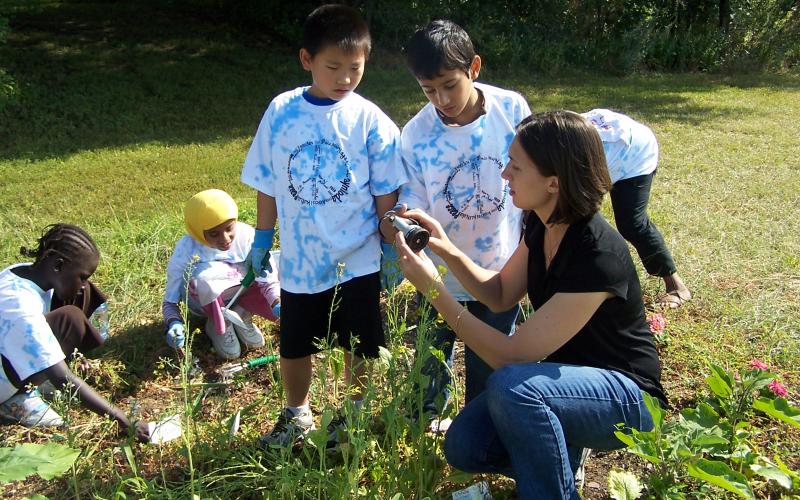
Ages & Stages in the Garden: Ages 9-11
When working with upper elementary youth in a garden consider their physical development and skill level as you develop learning activities. Nine to eleven year olds have better coordination and reaction time by this age, however sometimes dues to growth spurs there can be short-term issues with balance and coordination. Additionally, these children have more body strength and their hand dexterity has increased.
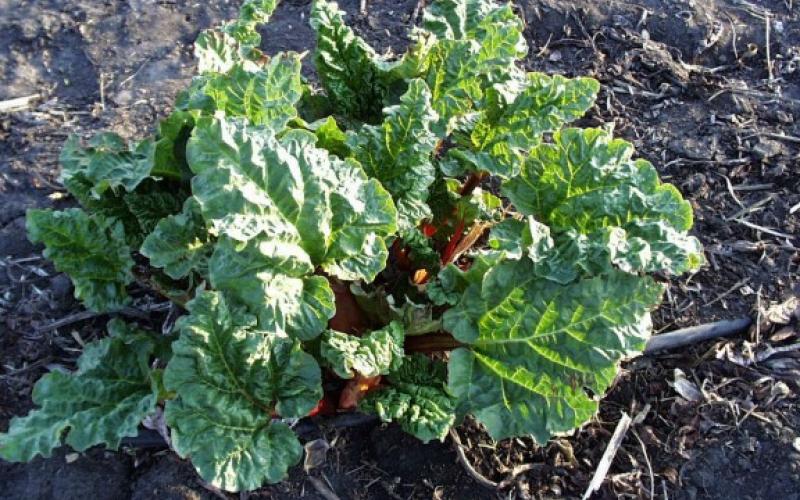
Two Favorite Spring Vegetables
After a long winter with no fresh homegrown vegetables, many gardeners really look forward to that first spring harvest of asparagus and rhubarb.

Time To Harvest Those Winter Squash
One of the wonderful things about having a vegetable garden is having access to fresh produce all season long. Now that the growing season is closing down, you likely still have some vegetables left to harvest, particularly the winter squash. The great thing about squash is that they usually store well so they can provide food for several months during the fall and winter.
South Dakota Plants to Know: Purple prairie clover
The purple prairie clover (Dalea purpurea) is in bloom right now at the Prairie Butterfly Garden and each clump is abuzz with bumble bees, honey bees, and other pollinators. Not only is this native perennial highly attractive to pollinators, but it is also drought tolerant and deer resistant making it a hardy choice for your garden.
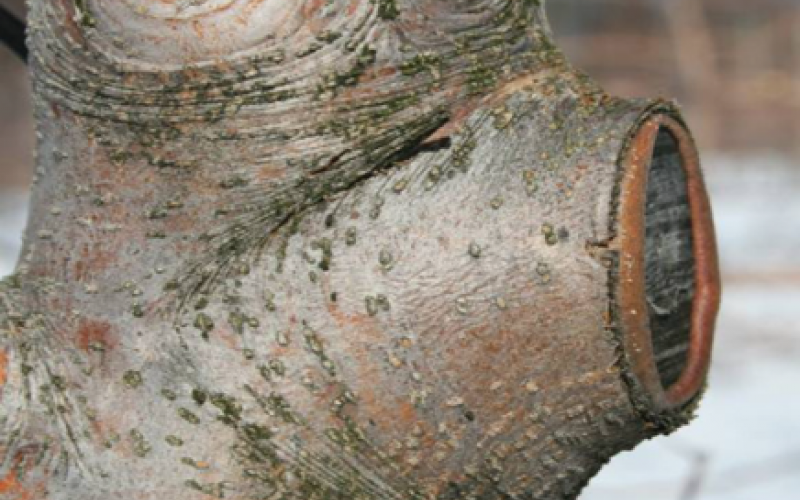
Pruning Fruit Trees
February is a good time to start pruning your fruit crops. Pruning is one of the most important cultural practices in growing apples and other fruit crops. It is important to prune your fruit trees at the right time to avoid the risk of damage to the crop. The ideal time to prune most fruit trees is anytime between February and April.
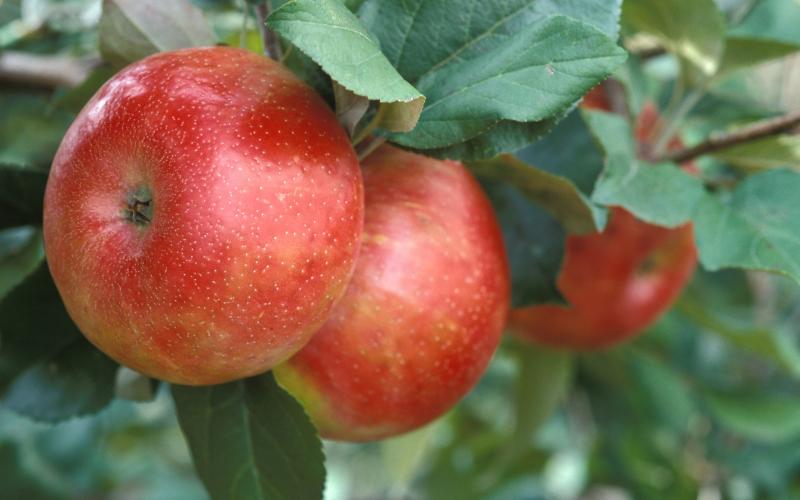
It's Apple Harvesting Time!
Do you know how to tell when an apple is ready to pick? Color change can be deceiving, since some apples turn red before they are fully ripe.
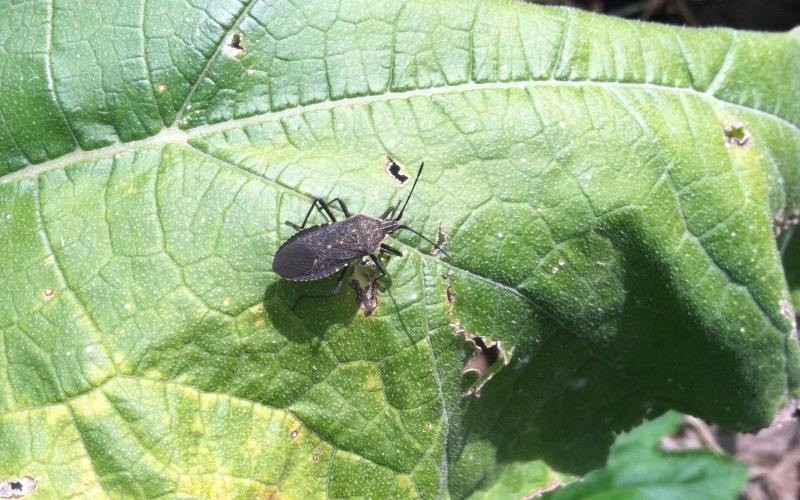
Protecting Your Garden From Squash Bugs
With the end of summer approaching, we are beginning to receive many reports of squash bugs appearing throughout South Dakota. These insects are a common pest in gardens from mid-summer until the first frost.
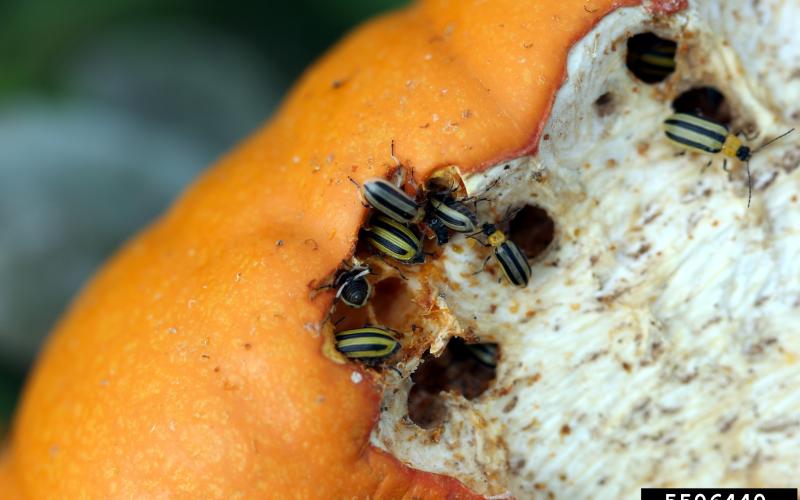
Managing Cucumber Beetles
Two cucumber beetle species occur in South Dakota; the striped cucumber beetle and the spotted cucumber beetle (also known as the southern corn rootworm).
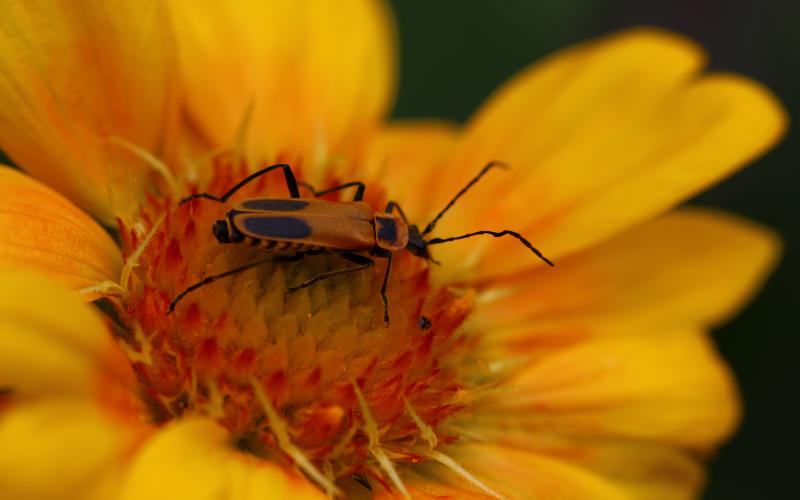
Goldenrod Soldier Beetle: A late-summer friend in the garden
A number of ornamentals are in full bloom, ablaze with colors and, in some cases, buzzing with insects. One such insect that you may have noticed in your lawns is the goldenrod soldier beetle or Pennsylvania leatherwing (Chauliognathus pennsylvanicus).
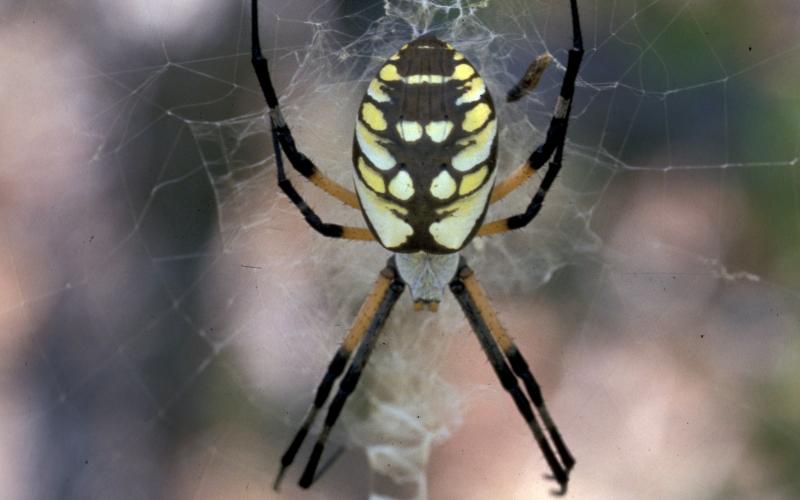
Black and Yellow Garden Spiders
As gardeners harvest the last of their produce, many are noticing the black and yellow garden spider (Argiope aurantia) living among the vegetation. This spider may also be observed in crops, or tall grass or weeds that provide protection for their webs. These spiders (at least the females) stand out because of their bright colors, large size, and distinctive large web. While they are often overlooked, the garden spider is common throughout the United States.